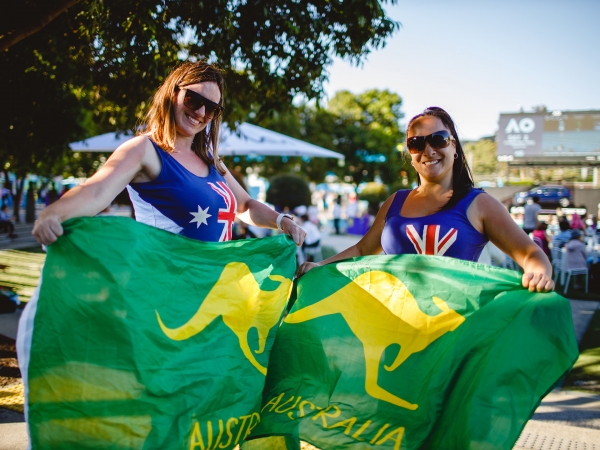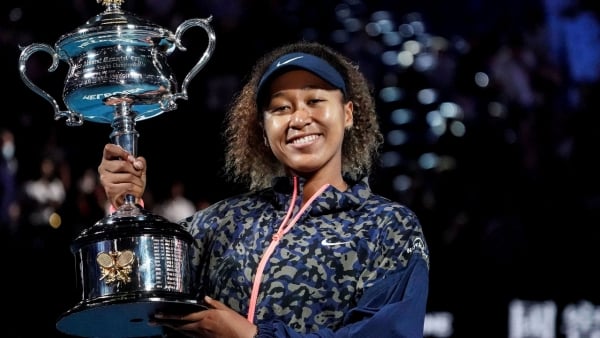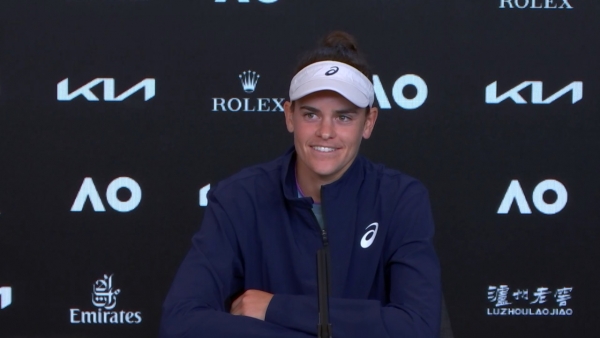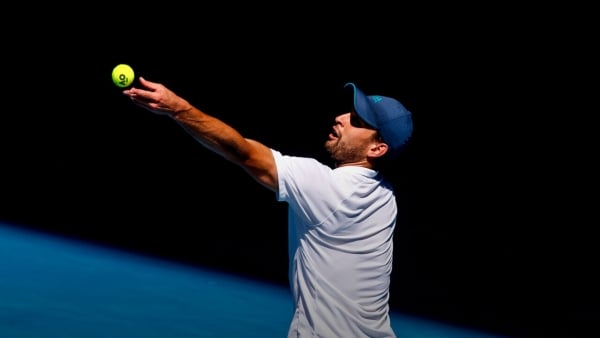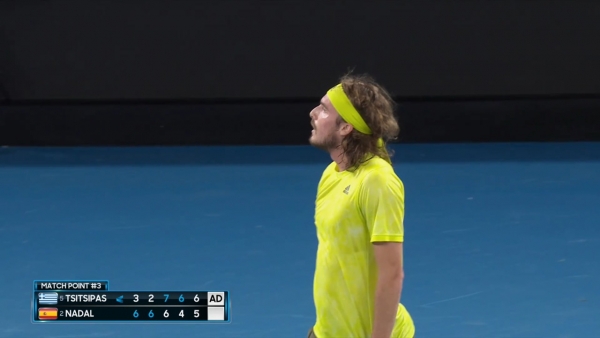Australian Open 2021 came and went, in all likelihood too quickly for tennis fans.
Naomi Osaka and Novak Djokovic entered as many people's favourites and were duly crowned champions once again, the latter ending Daniil Medvedev’s imposing 20-match win streak in Sunday's final.
So much to reflect on, and with that in mind, here are 10 things we learned from AO21.
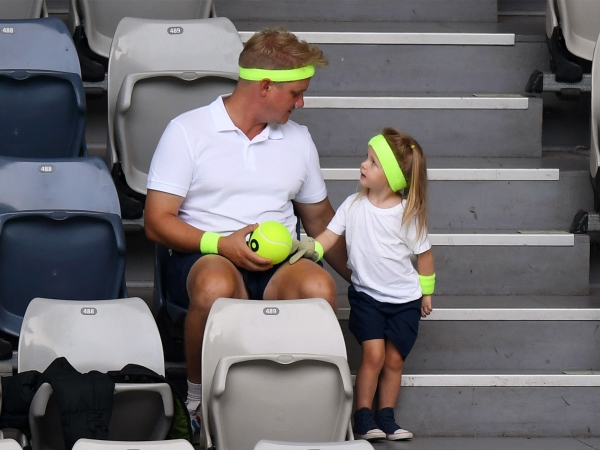
Naomi is the hardcourt queen
Does Osaka like the hardcourts? You could say that.
When she beat Jennifer Brady in Saturday’s women’s final, Osaka improved to a dazzling 37-2 in her last 39 matches on the surface.
MORE: Awesome Osaka races to second AO crown
The lone two players to defeat the Japanese megastar? Coco Gauff at last year’s Australian Open and Karolina Pliskova weeks earlier in the Brisbane International semifinals — when Osaka had a match point.
For the second time, the 23-year-old achieved the New York-Melbourne double.
Clay and grass — where movement can be trickier — have proven to be more difficult for Osaka so far.
Her last defeat anywhere came on the clay in February 2020 against Sara Sorribes Tormo, 6-0 6-3, and became a turning point.
“I lost really bad, and for me that was really, like, life-changing,” Osaka said at AO21.
Djokovic isn’t too shabby on hard courts, either. His last reverse outdoors on the surface, excluding that default at last year’s US Open, came at the 2019 Shanghai Masters.
Momentum matters
Build-up events at Melbourne Park allowed players to acclimatise to the seemingly faster conditions. Indeed, the majority who fared well thrived at AO21.
Finalists Ash Barty, Garbine Muguruza, Elise Mertens, Kaia Kanepi and Felix Auger Aliassime all made the second week at the Australian Open, as did Osaka and Serena Williams.
Medvedev and Andrey Rublev helped Russia claim the ATP Cup before meeting in the quarterfinals at AO21, while Djokovic didn’t lose a match at the ATP Cup.
The lone exceptions were Dan Evans and Jannik Sinner.
Sinner played the day after his victory in the Great Ocean Road Open — against a higher seed, Denis Shapovalov — while Evans found the turnaround from winning his first title at the Murray River Open too quick as he exited to fellow Brit Cameron Norrie.
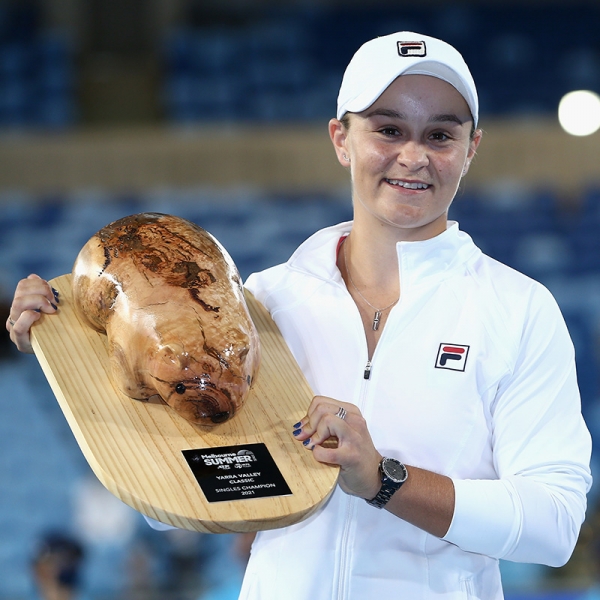
It’s still the heartbreak Slam for Rafa
Rafael Nadal loves playing in Australia. Who doesn’t?
Unfortunately for Nadal, the Australian Open continues to be his heartbreak Slam on the court.
A gut-wrenching loss to Stefanos Tsitsipas after holding a two-set lead in the quarterfinals was the latest blow.
Injuries surfaced in losses to Andy Murray in 2010, David Ferrer in 2011, Stan Wawrinka in the 2014 final and Marin Cilic in 2018.
Those years aside, Nadal had break leads in the fifth set over Novak Djokovic in the 2012 final and Roger Federer in the 2017 final, ultimately emerging second-best both times.
“I'm not at all complaining about my luck here in Australia,” the 20-time Grand Slam champion reflected. “I can’t find a lot of things or excuses or reasons, but one reason is I was not able to convert the opportunities that I had in my career here.
“Next year is gonna be another year.”
And Australia will look forward to having him back.
Brady’s here to stay
Jennifer Brady, who endured hard quarantine, surprised herself by reaching the women’s final.
But based on her form on hard courts, the American — and others — shouldn’t have been.
The heavy hitter might not have met a top-25 player until Osaka — a semifinal tussle with doubles partner Barty beckoned prior to the Queenslander exiting to Karolina Muchova — but since last August, the 25-year-old is 22-6 on hard courts.
After a maiden Grand Slam final, Brady moves inside the top 15 with new-found belief.
“This week or these couple weeks coming in here and making the finals here, after making the semis at US Open, I think just proves to myself that it's totally achievable week in, week out,” said Brady, who also fell to Osaka in New York last September.
New stars CAN break through
The Big Three or Big Four era in men’s tennis has meant few opportunities for new names to reach the latter stages at majors.
But Aslan Karatsev showed it is still possible.
The 27-year-old qualifier strung together five upset wins to reach the semifinals — after never playing in a Grand Slam before. Winner after winner flew off his racquet.
One reporter wondered how the Russian intended on spending his AO21 takings of $850,000. “I will call you and we discuss together,” responded Karatsev.
His ranking now soars from 114 to inside the top 45.
Thanasi needs his body to co-operate
If anyone needed further indication of how quickly Thanasi Kokkinakis can climb the rankings with a spell of good health, they got it at AO21.
Playing on the grand stage of Rod Laver Arena with fans — including great friend Nick Kyrgios — was always going to give the wildcard a boost, but Kokkinakis shook off nearly two years of Grand Slam rust to trouble Tsitsipas in the second round.
His ranking of 267 is only down to shoulder, chest, knee and abdominal injuries in recent campaigns.
“It's been very, very challenging the last few years,” Kokkinakis, who faced Kyrgios in the 2013 Australian Open junior final, admitted. “It always is. It's a massive, massive journey.”
Here’s hoping for a smoother journey ahead.
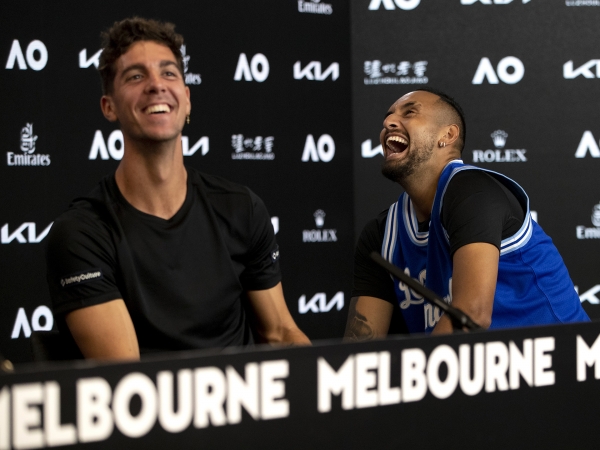
Even legends can fluff their lines
It’s still a jaw dropper watching on replay: Nadal erring on an overhead in a third-set tiebreak against Tsitsipas.
With Nadal cruising and leading 1-0 in the tiebreak, the Greek’s defensive lob hung in the air for an age. Still, though, the Spaniard took the smash nearly on top of the net.
Incredibly he pushed it long.
Making it more astonishing was Nadal’s reputation for being almost perfect at smashes.
He sent a more difficult smash long later in the tiebreak to add to his woes and Tsitsipas rallied.
“I missed couple of balls in the tiebreak that I shouldn’t, that I could not miss, if I want to win,” said Nadal.
Fifth sets are anyone’s guess
You might often hear that serving first in sets, including in a fifth set — when the pressure intensifies in the all-or-nothing scenario — is an advantage.
The rationale is understandable, too. If players hold serve through the set, the scoreboard pressure of trailing 4-3, 5-4 or 6-5 could be significant for the one serving second.
How did it play out at AO21? It was almost exactly 50-50.
Of the 21 five-setters, 10 were won by the player serving first.
How many did the higher-ranked player win? One more, at 11.
Wheelchair rivalry burns strong
One of the most dramatic finals at AO21 came in women’s wheelchair singles between Diede de Groot and Yui Kamiji.
De Groot landed her third Australian Open title by topping the defending champion 6-3 6-7(4) 7-6(4) in two hours 20 minutes in their 34th meeting.
They are the top two in the rankings and with de Groot 24 and Kamiji just two years older, more battles figure to be on the cards.
Asked whether the rivalry matches Nadal-Federer or Bjorn Borg-John McEnroe, de Groot replied: “Maybe like a mini Nadal-Federer, a tiny version.
“It's really big. Both of us, we bring the best out in each other.”
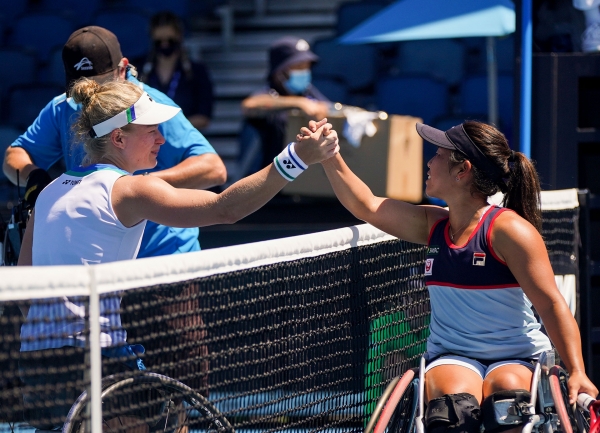
Fun lives at Melbourne Park, thankfully
What a last three weeks at Melbourne Park - there was tennis everywhere you looked.
The feast included six (!) tournaments the week before AO21, then the Phillip Island Trophy during the second week, won by the resurgent Daria Kasatkina — another Russian flourishing.
And the tennis isn’t over yet as the Australian summer concludes.
Monday saw the start of main-draw action at the Adelaide International, with defending champion Ash Barty taking a wildcard.
